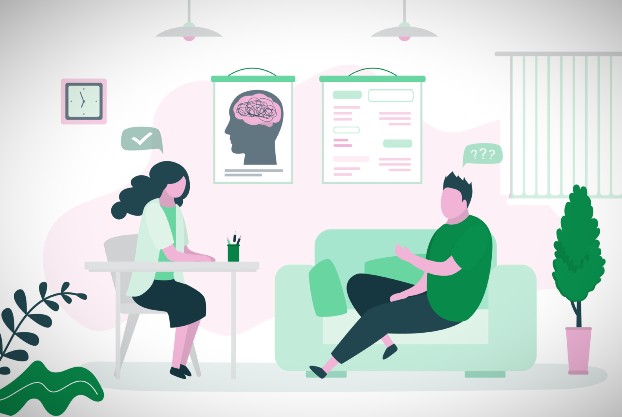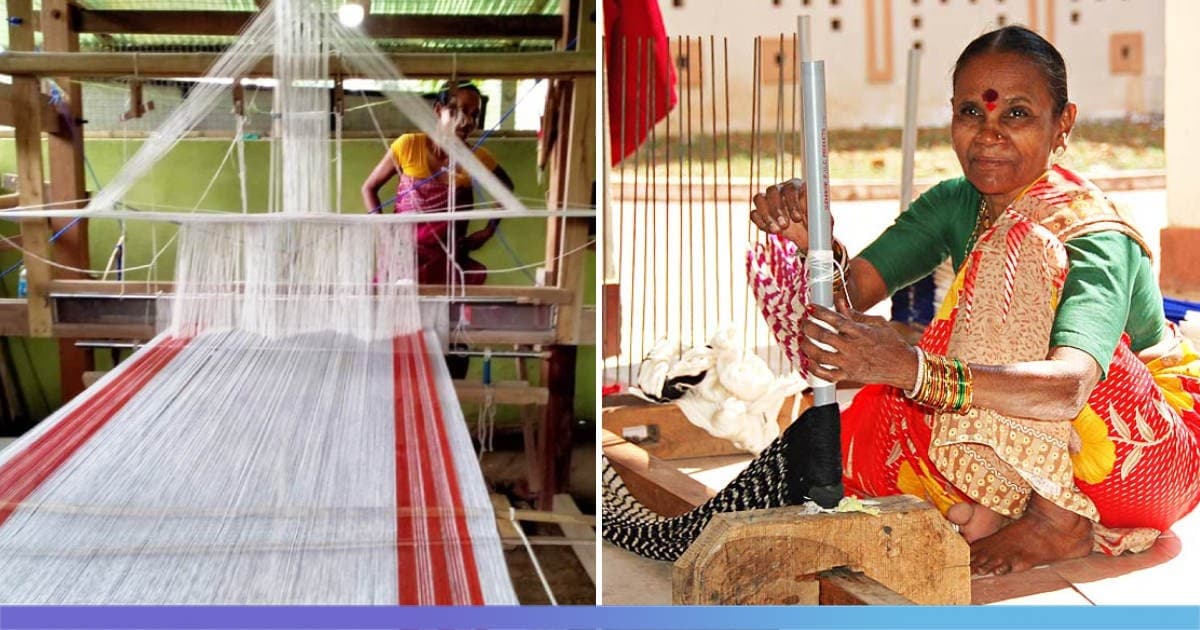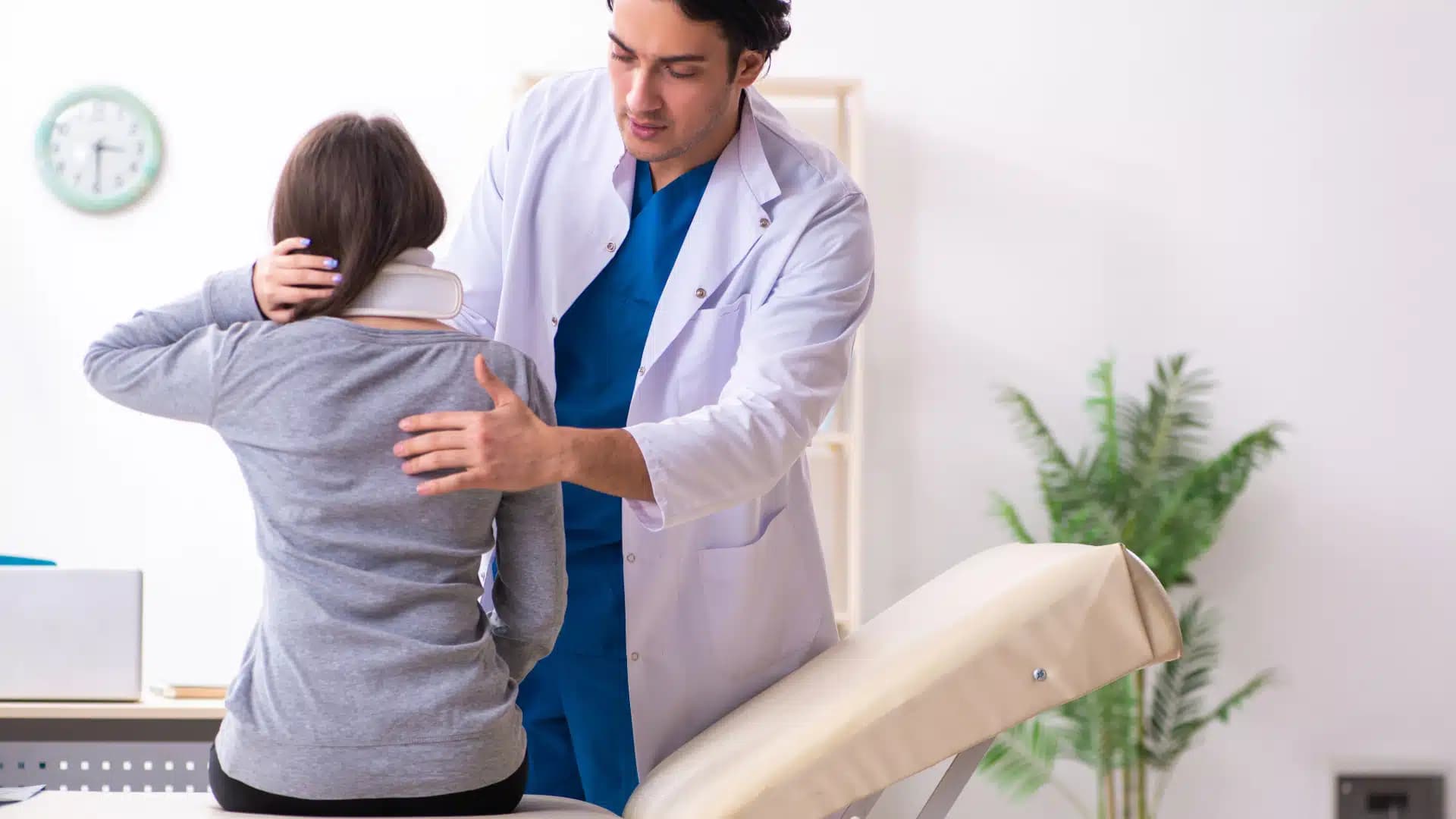
Knowing first aid allows you to protect and save lives. It gives you the skill to perform everyday hero stuff or doing extraordinary things in different situations. There are different kinds of emergencies that demand immediate attention in various places. Attending a first aid course will help you deal with each situation accordingly and swiftly because every minute counts.
How to respond to an emergency
A course in first aid teaches you how to respond to an emergency as you assess the specific circumstance. Responding to an emergency includes knowing what to look for, how to approach the victim, how to reduce the risk of harm to other people in the vicinity and to yourself. Most people rush into an emergency to help but lack understanding and awareness of the things to do while approaching. With first aid training, you will know what strategy to use, saving the lives of others and your own.
How to perform CPR
You may think that it is easy to perform CPR to another person, but do you know how to do it correctly? How many and how deep the compressions should be between breaths? These are critical factors that determine the survival of the unresponsive individual. Besides CPR, you may need to use an AED to the person in need and increase their chance of survival. In a first aid classroom setting, you will learn how to use these devices and execute CPR confidently. The training enables you to practice these life-saving skills whenever necessary.
How to deal with poisons
In the first aid course, you will learn how to approach a situation wherein there is exposure to poisonous plants, bites, stings, carbon monoxide poisoning, etc. Keep in mind that poisons are not only those you ingest accidentally. Poisons can also be on materials or in the air that a person may come into contact with. Attending the course would enable you to appropriately treat a case of poisoning until further emergency medical services arrive.
What to do with bodily injuries
Accidents happen, no matter how people keep themselves safe. People slip, crash, trip, or fall, causing serious harm to the body. If you are present when these injuries occur, you will know how to provide aid. You can help a person with joint, muscle, neck, head, bone, or spinal injury, thanks to your first aid skills.
How to care for wounds
All wounds, whether small or big, need proper treatment. How do you treat an intense burn or a cut due to an accident in the kitchen? What if someone steps on a nail? During your first aid training, you will acquire skills in treating burns and bruises, bandaging wounds, and caring for wounds in other parts of the body.
Treatment for choking
Experiencing an allergic reaction to food ingested, or food that gets stuck in the throat, are examples of emergencies that require immediate help. The knowledge you gain from a first aid course allows you to help someone that is choking and clear their airways. In addition, the training includes recognising breathing emergencies such as anaphylaxis and asthma; thus, being able to provide aid right away.
You will encounter accidents everywhere every day, and lots of them can be serious and life-threatening. Obtaining the right skills and applying the best practices of first aid, as well as executing the appropriate treatment, can save lives. All this is possible when you complete first aid training.








